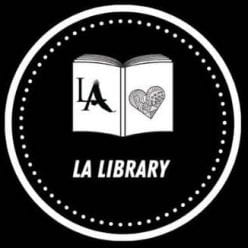Focused on the educational and societal normalities of high school, this article, written by Robin A. Moeller, explores the involvement of both genders within graphic novels and how graphic novels are stereotyped by society. At an unnamed high school, Moeller conducted a study which included fifteen student volunteers, 8 females and 7 males, to read three graphic novels and discuss their thoughts in a group discussion. She initially wanted to explore the relation to perceived gender differences in graphic novels and how students would view graphic novels being used in a school context. The results of this research showed that stereotyping gender in graphic novels is more complex than it seems. Both genders, male and female, enjoy reading graphic novels equally; the only reason why it is stereotyped in the first place is because of society’s views on what a “nerd” should look like. If these judgements are introduced to a child at a young age, then they’re going to continue to have these views on what people are supposed to look like and how they’re supposed to act.
In regards to the possible educational purpose behind graphic novels, it was found that students had mixed opinions on whether or not they should be allowed in certain classes. The main feedback was that some graphic novels for an english class would be beneficial but at the same time odd; students are used to traditional ways of learning with novels. In terms of school libraries, having more graphic novels added would not make much of a difference; students agreed that it would be nice to have as an option but they weren’t sure if they would actually check the graphic novels out and read them. Getting graphic novels more involved as part of a school’s curriculum would however be worth looking into, especially if it would broaden society’s enclosed vision of what type of person is “supposed” to read graphic novels.
Moeller’s perspective throughout the article is a neutral position; she is merely the conductor of the study. However, her initial curiosity that sparked her study is highly admirable in the sense that she noticed gender differences in graphic novels, providing proof that she was engaged throughout the study because she was unearthing information that she actually wanted to unearth. Before reading this article, I had not even thought of gender differences surrounding graphic novels. There just never seemed to be a problem or a distinct separation of the genders surrounding graphic novels that pulled my attention. However, after reading this article, I do understand better what Moeller meant; there are differences in the reading world with genders. Children even recognize the differences as is proven with Moeller’s study. Gender differences in YA literature is a relevant issue that needs to be discussed more. It is relevant at this day and age because of how society is becoming more and more developed in terms of acceptance and equality. As society is changing, it’s important for there to be equality in everything, including books!
Citation:
Moeller, Robin A. “‘Aren’t These Boy Books?’: High School Students Readings of Gender in Graphic Novels.” Journal of Adolescent & Adult Literacy, vol. 54, no. 7, 2011, pp. 476–484., https://doi.org/10.1598/jaal.54.7.1.


